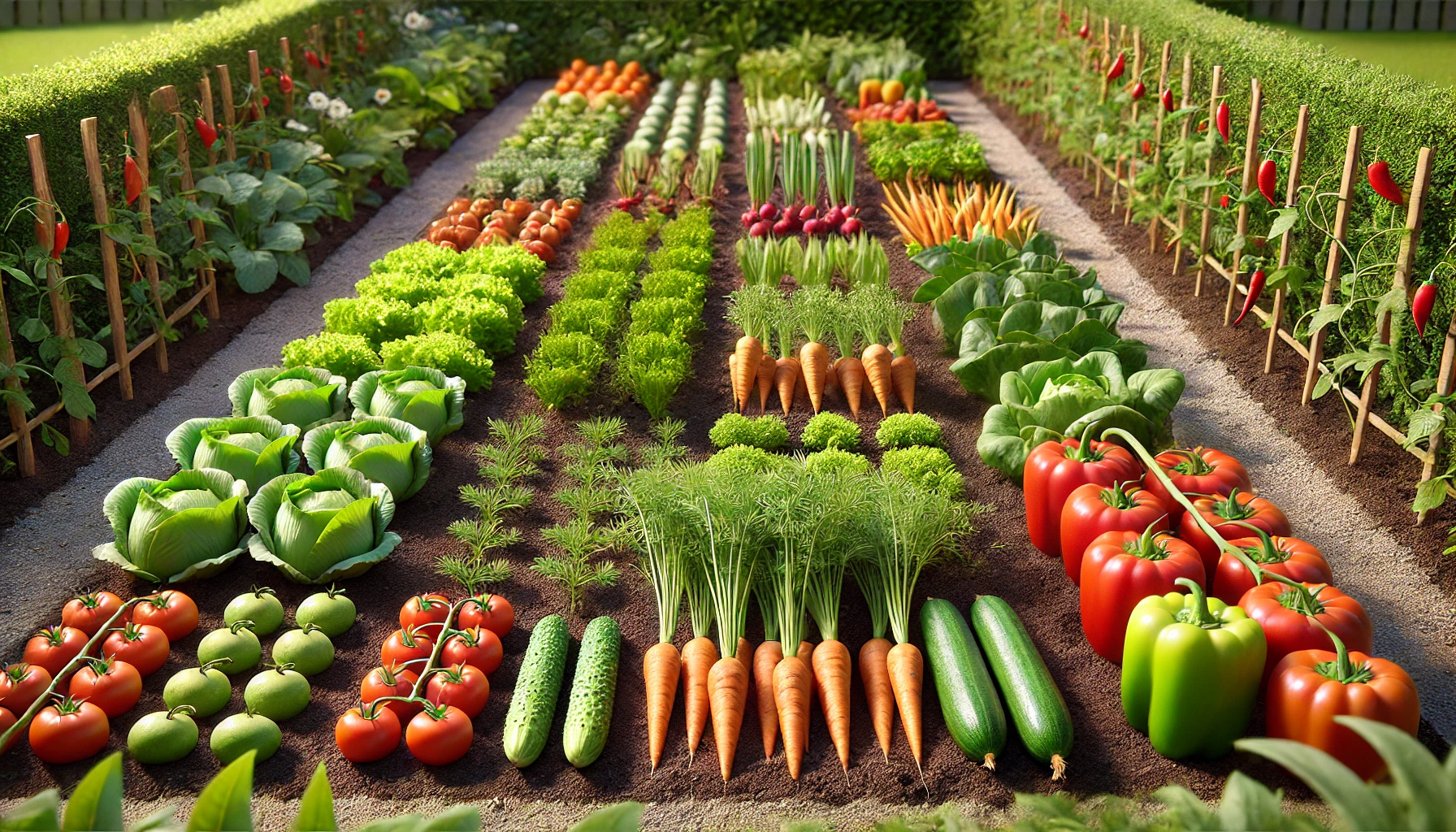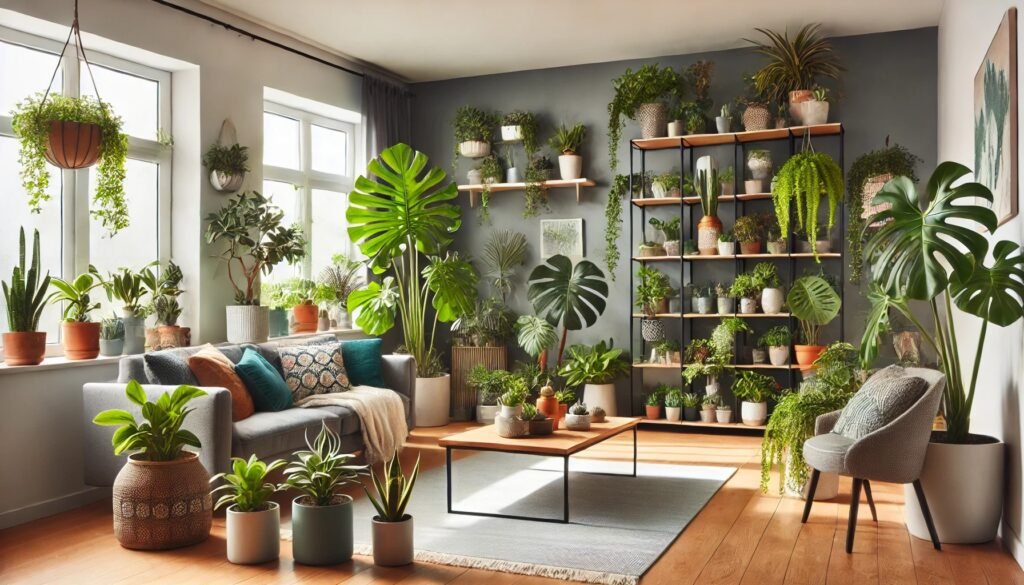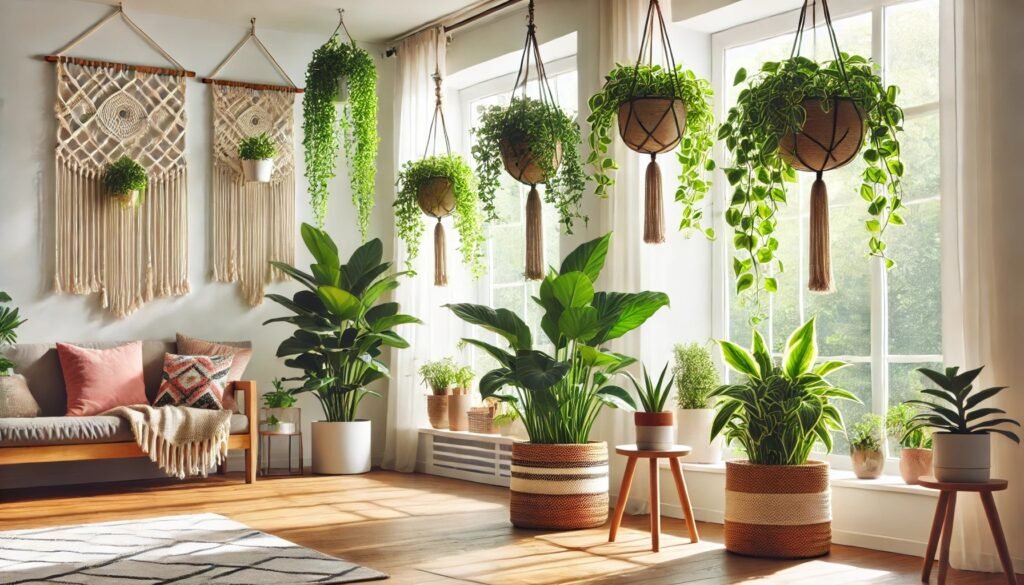
Starting a vegetable garden is a rewarding and enjoyable endeavor. Fresh, home-grown vegetables taste amazing and provide a sense of accomplishment. If you’re new to gardening, don’t worry! This guide will walk you through the steps to create a thriving vegetable garden with eight easy-to-care-for vegetables. Let’s get started!
Planning Your Garden
Site Selection
Choosing the right site is crucial for a successful vegetable garden. Select a location that receives at least 6-8 hours of direct sunlight daily. Vegetables love sunlight, and this will help them grow strong and healthy. Ensure the site is close to a water source for easy irrigation and has good drainage to prevent waterlogging.
Garden Design and Layout
Think about the size and shape of your garden. For beginners, an 8×4-foot garden bed is a manageable size. Raised beds are great for controlling soil quality and drainage, but in-ground gardens work well too. Plan your layout by grouping vegetables with similar water and sunlight needs together. This will make it easier to care for them.
Soil Preparation
Testing and Amending Soil
Good soil is the foundation of a healthy garden. Start by testing your soil’s pH and nutrient levels. You can buy a soil test kit at a garden center or send a sample to a local extension service. Most vegetables prefer a slightly acidic to neutral pH (6.0-7.0). Amend your soil based on the test results. Adding compost or well-rotted manure improves soil structure and fertility.
Preparing the Bed
Clear your garden area of weeds and debris. Loosen the soil to a depth of at least 12 inches using a garden fork or tiller. Incorporate organic matter like compost into the soil to enhance its fertility and drainage. Rake the bed smooth and level to prepare for planting.
Plant Selection
For a beginner-friendly garden, choose easy-to-grow vegetables. Here are eight great options:
- Lettuce: Fast-growing and perfect for salads.
- Radishes: Quick to mature and great for beginners.
- Carrots: Easy to grow in loose, sandy soil.
- Tomatoes: Popular and rewarding, especially cherry tomatoes.
- Cucumbers: Versatile and productive vines.
- Zucchini: High-yielding and easy to grow.
- Beans: Bush beans are low-maintenance and productive.
- Peppers: Sweet or hot varieties, both are easy to care for.
Planting Techniques
Starting Seeds or Transplants
Decide whether to start from seeds or buy young plants (transplants). Some vegetables, like tomatoes and peppers, do better when started indoors and transplanted. Others, like lettuce and radishes, can be directly sown into the garden.
Planting Depth and Spacing
Follow the instructions on seed packets or plant labels for planting depth and spacing. Proper spacing is essential to prevent overcrowding and ensure each plant has enough room to grow. As a general rule, plant seeds at a depth twice their size.
Watering and Mulching
Water your newly planted seeds or transplants thoroughly. Keep the soil consistently moist but not waterlogged. Mulch around your plants with straw, leaves, or compost to conserve moisture, suppress weeds, and regulate soil temperature.
Care and Maintenance
Watering
Vegetables need about 1 inch of water per week, either from rainfall or irrigation. Water early in the morning to reduce evaporation and prevent fungal diseases. Use a soaker hose or drip irrigation to deliver water directly to the soil and roots.
Fertilizing
Feed your plants with a balanced vegetable fertilizer or compost tea. Follow the recommended application rates on the fertilizer package. Over-fertilizing can harm plants, so use moderation.
Weeding
Keep your garden weed-free to reduce competition for nutrients and water. Hand-pull weeds or use a hoe to cultivate the soil lightly. Mulching helps to minimize weed growth.
Pest and Disease Control
Monitor your plants regularly for signs of pests and diseases. Use organic methods like handpicking pests, using insecticidal soap, or applying neem oil. Crop rotation and companion planting can also help prevent pest and disease problems.
Harvesting
Timing
Harvest vegetables at their peak ripeness for the best flavor and nutritional value. Leafy greens like lettuce can be harvested by cutting the outer leaves, allowing the inner leaves to continue growing. Root crops like radishes and carrots are ready when their tops push out of the soil.
Handling
Use a sharp knife or garden shears to harvest vegetables carefully. Avoid pulling or tugging, which can damage the plant. Handle your harvest gently to prevent bruising and store them properly to maintain freshness.
Tools and Supplies
To get started, you’ll need some basic gardening tools and supplies:
- Garden fork or tiller
- Rake
- Hoe
- Watering can or hose with a spray nozzle
- Mulch (straw, leaves, or compost)
- Fertilizer or compost
- Garden gloves
- Pruning shears
Resources and Support
Gardening is a journey, and there’s always more to learn. Here are some resources to help you along the way:
- Local Extension Services: Offer free advice and soil testing.
- Gardening Books and Magazines: Provide valuable tips and inspiration.
- Online Gardening Communities: Join forums or social media groups for support and advice.
- Nurseries and Garden Centers: Staff can offer guidance on plant selection and care.
Final Thoughts
Starting a vegetable garden is a fantastic way to enjoy fresh, home-grown produce and connect with nature. By following these step-by-step guidelines, you’ll be well on your way to creating a thriving vegetable garden. Remember, gardening is a learning experience, and every season brings new lessons and rewards. Happy gardening!
Stay connected with the world of plants! Subscribe to Phylofy for expert gardening tips, DIY projects, and eco-friendly inspiration. Join our community and nurture your love for nature. Don’t miss exclusive content and updates. Subscribe now!



